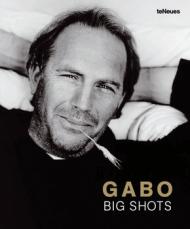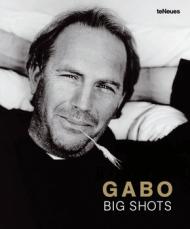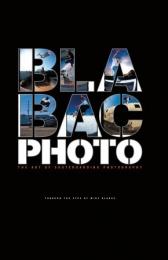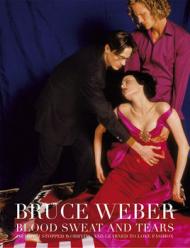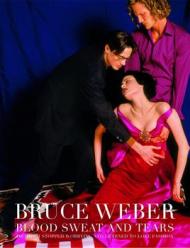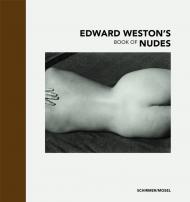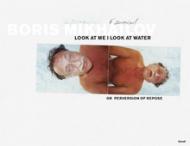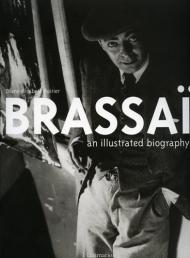94 colour and duotone plates
Since th eearly 1980x, Bettina Rheims has been the most sought-after French photographer. From her very beginnings, the female body has been the central focus of her work. Her unusual and provocative portraits and nude images each reveal a hidden part of the subject. She regularly caused stirs with projects such as Chambre close (1992), the story of a Paris voyeur watching women in hotels; KIM, a docuemntary ona transsexual; I.N. R.I (1999), a sequence on the life of Chris, Shanghai (2004), featuring women in the midst of a powerful cultural, economic and spiritual evolution, and, most recently, Heroines (2006). This volume is a Best of. . . survey of Bettina Rheims' photographic oeuvre of 30 years.
Bettina Rheims, born in Paris in 1952, started her career in 1978 with a series on female acrobats and strippers. She has worked for major fashion magazines. The 1994 recpient of the Grand prix de la photographie, she took the official portrait of newly-elected French president Jacques Chirac in 1995 and was appointed Chevalier de la Legion d'Honneur in 2002. She lives in Paris.


